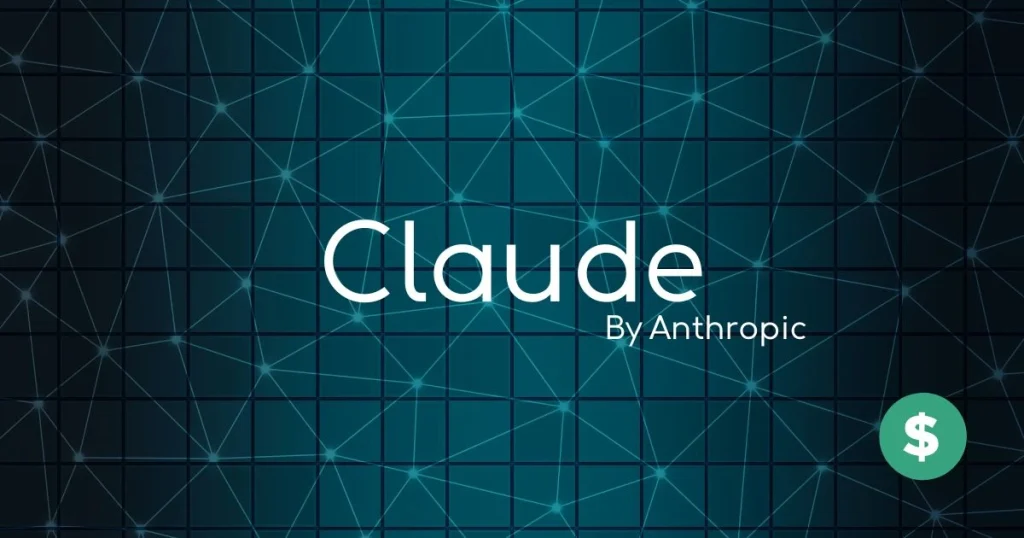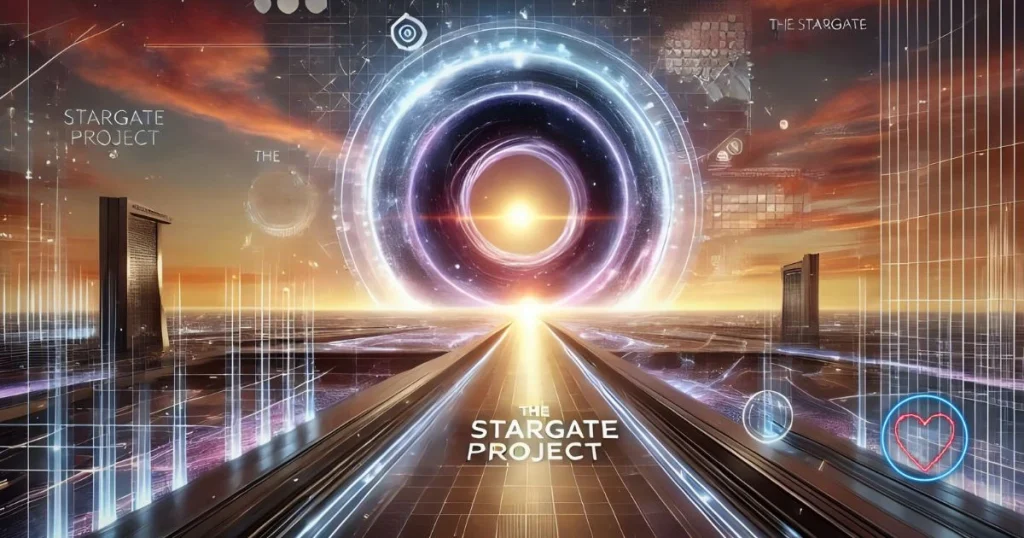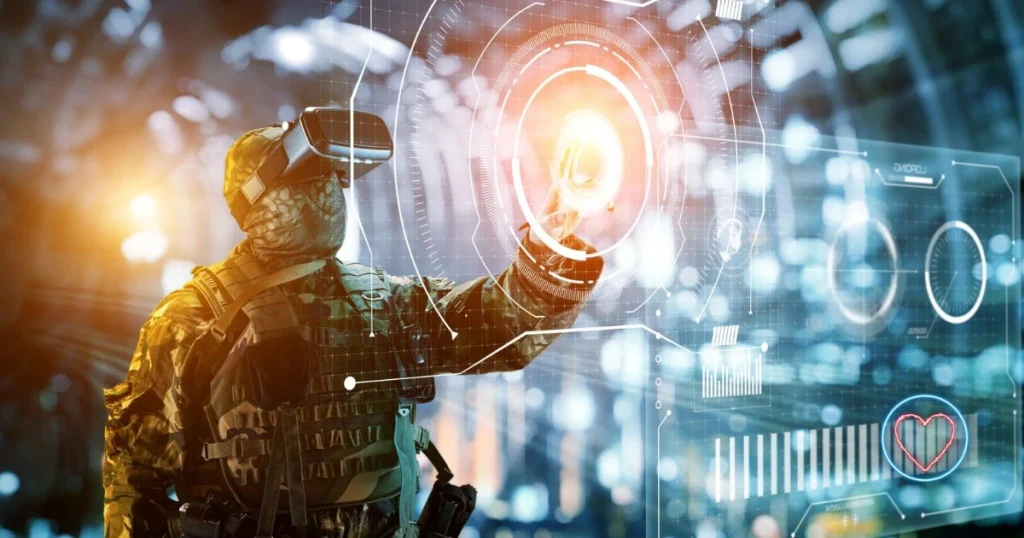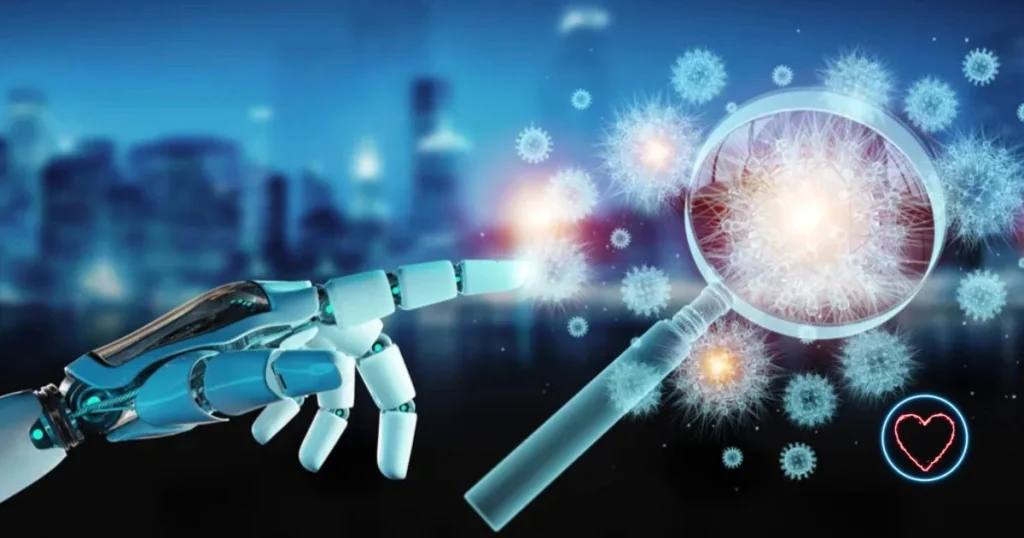In recent years, Artificial Intelligence (AI) has become an indispensable tool across various industries. One of the most transformative areas of its application is in content creation—a field once believed to be solely reliant on human creativity. From blog posts and newsletters to marketing campaigns and technical documentation, AI-assisted content creation is reshaping how we write, strategize, and deliver content.
As businesses and individuals strive to produce more content at a faster pace, AI tools are bridging the gap between demand and delivery. But what exactly does AI-assisted content creation entail, and how is it changing the way we communicate, market, and create?
This comprehensive guide explores the evolution, benefits, challenges, ethical concerns, and future of AI-assisted content creation—revealing how this technology is not only revolutionizing writing but also empowering creators to unlock their full potential.
What is AI-Assisted Content Creation?
AI-assisted content creation refers to the use of artificial intelligence tools and algorithms to help generate, enhance, or optimize digital content. These tools use natural language processing (NLP), machine learning (ML), and large language models (LLMs) to understand context, syntax, semantics, and intent.
AI tools can now perform a wide range of tasks:
- Drafting articles and blogs
- Generating headlines and taglines
- Writing social media posts
- Editing and proofreading
- Creating personalized email campaigns
- Rewriting or summarizing content
- Translating and localizing text
- Optimizing content for SEO
Popular platforms like ChatGPT, Jasper AI, Grammarly, Copy.ai, and SurferSEO have become go-to tools for content marketers, writers, and businesses seeking efficiency and scalability.
The Rise of AI in Content Marketing
The demand for digital content has exploded over the past decade. Brands are under constant pressure to maintain an online presence, engage audiences, and stay relevant across multiple platforms. Traditional content creation—while essential—can be time-consuming and resource-heavy.
AI provides a solution by automating parts of the content process, allowing marketers to:
- Produce more content, faster
- Maintain consistency across channels
- Personalize messages at scale
- Experiment with different tones and formats
- Gain real-time insights and analytics
According to a 2025 report by Statista, over 60% of marketing teams in North America now integrate AI tools in their content strategy—a figure that is only expected to grow.
How AI Tools Actually Work
AI content tools are built on natural language generation (NLG) and deep learning models. These systems are trained on massive datasets—books, articles, websites, and more—so they can predict the next word or sentence based on a given input.
Some of the core technologies include:
1. Natural Language Processing (NLP)
Allows machines to read, interpret, and generate human-like text.
2. Machine Learning
Enables models to improve their output over time based on feedback and usage patterns.
3. Contextual Awareness
Modern AI understands tone, style, sentiment, and even cultural nuances to tailor content accordingly.
For example, tools like ChatGPT can generate anything from a casual blog post to a legal contract draft, depending on how it’s prompted.
Benefits of AI-Assisted Content Creation
1. Speed and Efficiency
AI can generate long-form content in seconds, saving writers hours of research and drafting. This allows creators to focus on editing, refining, and strategizing rather than starting from scratch.
2. Cost-Effective Scaling
Small teams can achieve the output of larger content departments, making it especially beneficial for startups, freelancers, and solo entrepreneurs.
3. Improved SEO Optimization
AI tools can suggest keywords, meta descriptions, and formatting to ensure content is search-engine friendly.
4. Language Versatility
Multilingual AI models allow brands to create content in various languages, enabling global reach without the need for multiple translators.
5. Enhanced Creativity
AI can serve as a brainstorming partner, offering title ideas, topic suggestions, or alternative phrasing that the writer may not have considered.
Human + AI: The Ideal Collaboration
While AI can generate impressive content, it still lacks empathy, emotional intelligence, and nuanced judgment. That’s where the human element comes in.
The most effective content today is created through AI-human collaboration:
- AI drafts → Humans edit
- AI suggests → Humans approve
- AI formats → Humans personalize
This partnership ensures content remains authentic, relevant, and on-brand, while still leveraging the productivity gains that AI offers.
Example Workflow:
- Topic Generation – AI suggests trending or relevant topics.
- Outline Creation – AI builds a rough structure.
- First Draft – AI generates the initial article.
- Editing & Refinement – Human editor adjusts tone, adds anecdotes, ensures accuracy.
- SEO Optimization – AI fine-tunes keywords and metadata.
Challenges and Limitations
1. Factual Accuracy
AI sometimes “hallucinates,” or makes up information. This can be problematic for technical, legal, or medical writing where accuracy is critical.
2. Repetitiveness
AI tends to favor generic or repetitive phrasing. Without human oversight, the content may feel flat or formulaic.
3. Lack of Original Thought
AI cannot conduct interviews, observe real-life events, or provide firsthand experience—key elements in high-quality journalism and storytelling.
4. Tone and Sensitivity
AI may misinterpret tone, resulting in insensitive or inappropriate content if not carefully reviewed.
5. SEO Over-Optimization
Some AI-generated content may overuse keywords, leading to spammy text that penalizes rather than promotes SEO.
Ethical Considerations
With the rise of AI content tools come important ethical questions:
Transparency
Should audiences be informed if content was AI-generated or AI-assisted?
Plagiarism and Originality
AI tools sometimes generate text that closely resembles its training data. How do we ensure originality?
Job Displacement
Will writers, editors, and marketers be replaced by machines? Most experts agree that AI will augment, not eliminate, creative roles—requiring upskilling, not downsizing.
Bias
AI can inadvertently reflect the biases present in its training data. This makes human review essential to ensure inclusivity and fairness.
The Future of AI-Assisted Content Creation
AI’s role in content creation is still in its infancy. The next 5–10 years will likely bring:
1. Hyper-Personalized Content
AI will tailor content not just for demographics, but for individual users based on behavior, preferences, and real-time data.
2. Voice and Video Generation
Tools will evolve from text to multimodal creation—generating scripts, voiceovers, animations, and even deepfake presenters.
3. Real-Time Content Updates
Imagine a blog that updates itself based on new trends or data, powered by AI crawling and synthesis.
4. Integration with AR/VR
Content will become immersive. AI will help create interactive narratives for metaverse platforms or augmented reality experiences.
5. Emotional AI
Future models may understand and respond to human emotion—adjusting tone, pace, and delivery accordingly.
Case Studies: Brands Using AI for Content Creation
The Washington Post
Uses AI tool Heliograf to generate real-time sports updates and election reports.
HubSpot
Integrates AI into its CRM to help marketers craft automated email sequences and content.
Netflix
Uses AI to generate synopses, recommendations, and even subtitles in multiple languages.
Grammarly
Not just a grammar tool, it now uses AI to suggest tone improvements, clarity rewrites, and even email replies.
These examples show that AI content tools are not replacing creativity—they are enhancing workflows and enabling scale.
Final Thoughts: The Creative Renaissance
Rather than sounding the death knell of traditional writing, AI-assisted content creation is ushering in a creative renaissance. It allows writers, marketers, educators, and entrepreneurs to do more, reach further, and think deeper.
The best content will still come from human insight, emotion, and experience—but AI will serve as the canvas, paint, and brush to bring those ideas to life more powerfully than ever before.
In the words of author and AI ethicist Ayesha Khanna:
“AI doesn’t replace human creativity. It amplifies it.”











